The Phantom Predator of Ancient Africa
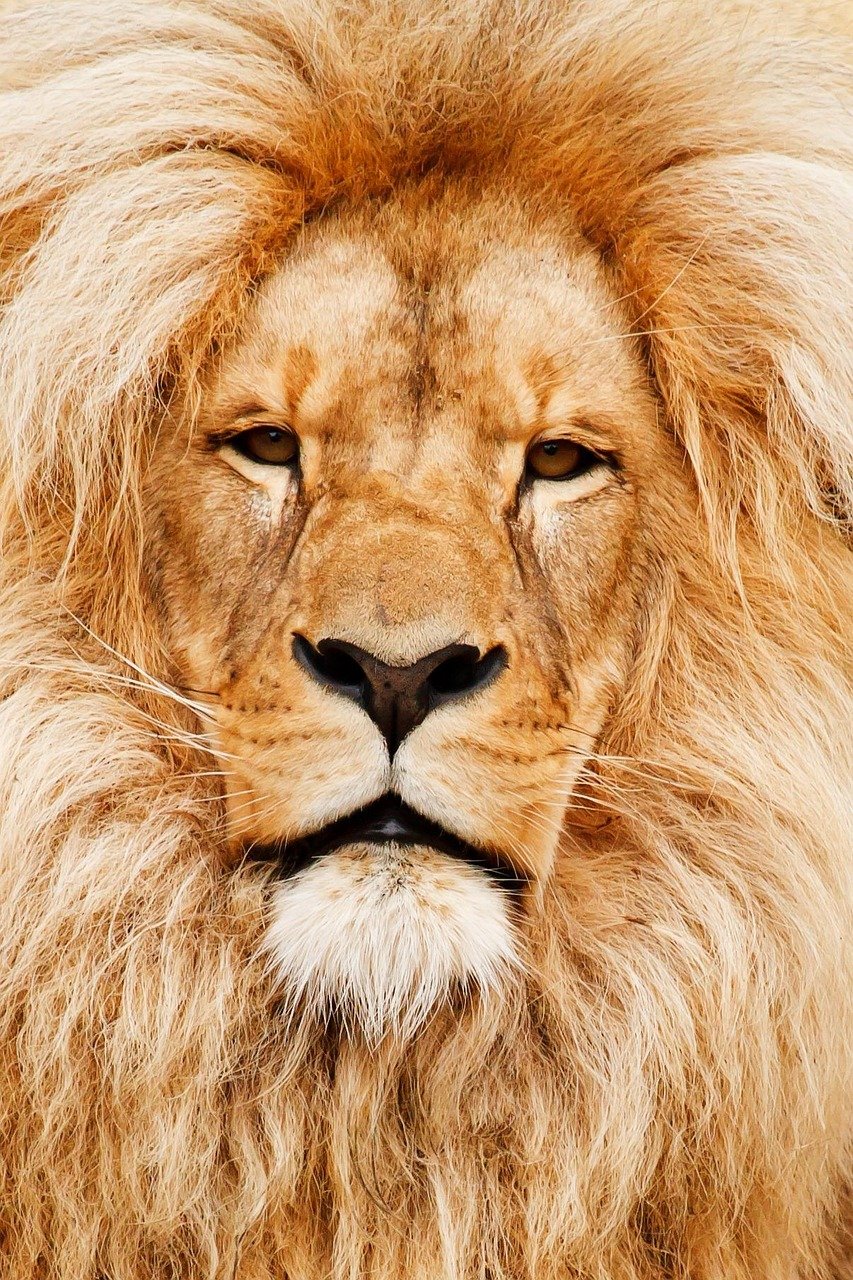
Deep in the fossil beds of Kenya, paleontologists uncovered one of the most fearsome predators to ever stalk the African savanna. Lokotunjailurus emageritus lived approximately 5.2 million years ago, during the Pliocene epoch, when the continent’s landscape was transforming from dense woodlands to open grasslands.
This extraordinary feline possessed characteristics that would make even modern big cats seem tame by comparison. Its name, derived from the Turkana language meaning “cat from Lothagam,” hints at its African origins and the remote location where scientists first discovered its remains.
Sabre-Toothed Specialists Built for the Kill

What set Lokotunjailurus apart from other prehistoric cats wasn’t just its size, but its incredible dental weaponry. These cats developed elongated canine teeth that could reach lengths of up to 10 centimeters—essentially carrying two ivory daggers in their mouths. The canines were flattened and razor-sharp, designed with serrated edges that could slice through hide and flesh with surgical precision.
Unlike the robust, conical teeth of modern lions or tigers, these blade-like canines were perfectly adapted for a specific hunting strategy. The teeth were reinforced with extra enamel and had a slight curve that maximized their cutting efficiency when the cat delivered its fatal bite.
The Muscular Framework of a Prehistoric Assassin
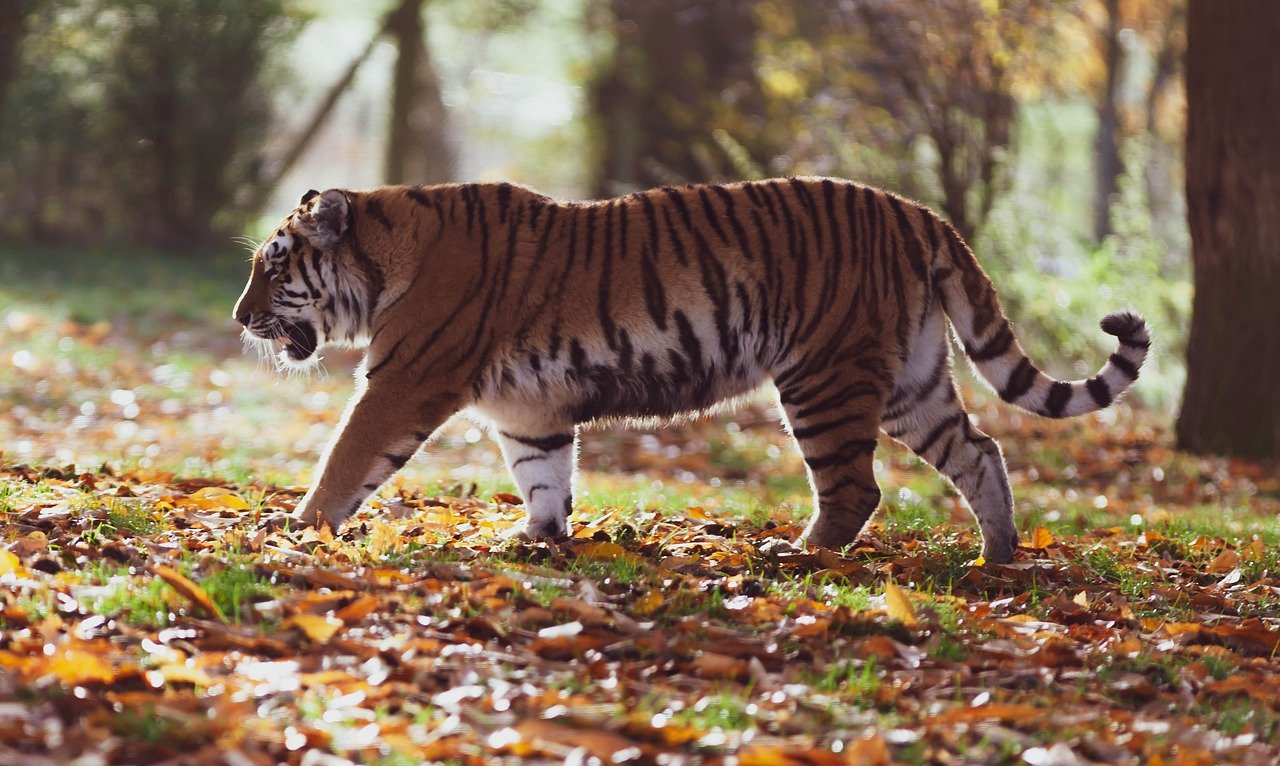
Standing roughly the size of a modern jaguar, Lokotunjailurus possessed a body built for explosive power rather than endurance. Its shoulders were exceptionally broad and heavily muscled, providing the strength needed to wrestle down large prey. The forelimbs were particularly robust, with enlarged attachment points for powerful muscles that could deliver devastating swipes.
Scientists estimate these cats weighed between 60 to 80 kilograms, making them formidable predators in their ecosystem. Their compact, stocky build suggested they were ambush hunters rather than pursuit predators, relying on stealth and sudden bursts of incredible force to overwhelm their victims.
Hunting Strategies That Defined an Era
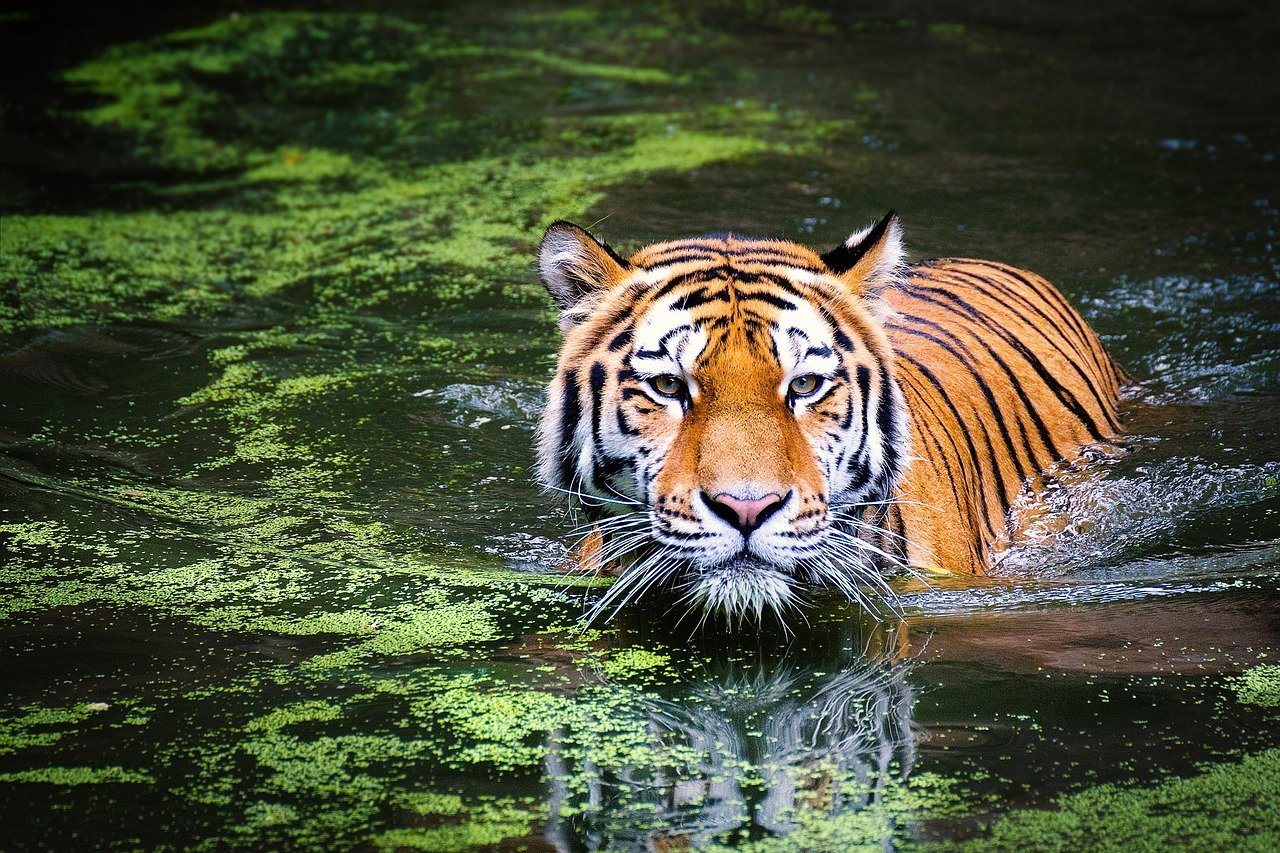
The knife-like canines of Lokotunjailurus weren’t just for show—they were precision instruments that required specific hunting techniques. These cats likely employed a “sabre-tooth bite,” where they would use their powerful forelimbs to immobilize prey before delivering a precise, slashing bite to the throat or belly. This method was far more surgical than the crushing bite employed by modern big cats.
The hunting strategy was probably similar to opening a can with a knife rather than crushing it with a hammer. The cats would position themselves carefully, then use their canines to slice through vital arteries or organs, causing rapid blood loss and death.
Life in the Changing African Landscape
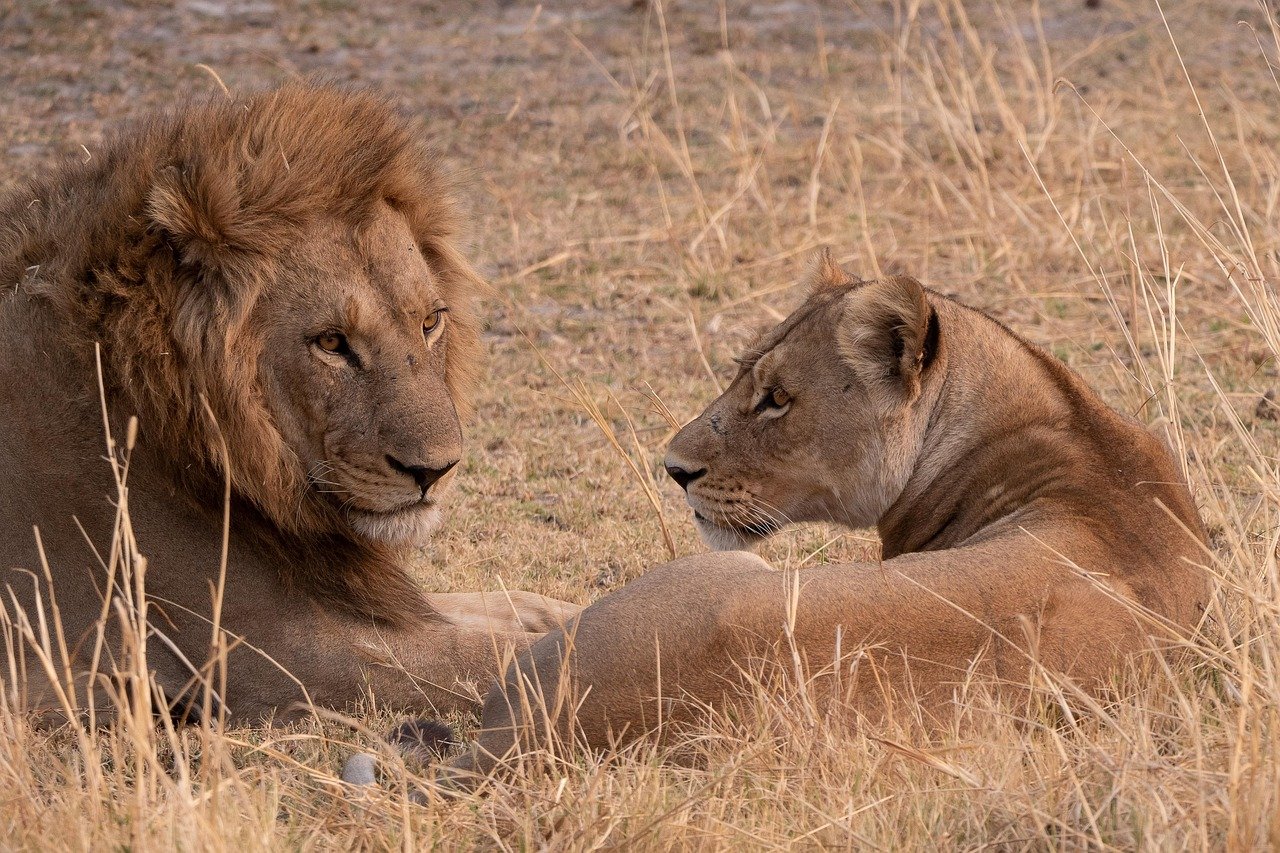
During the Pliocene epoch, East Africa was undergoing dramatic environmental changes. The dense forests were gradually giving way to more open woodlands and emerging grasslands, creating new ecological opportunities for different types of predators. Lokotunjailurus thrived in this transitional environment, hunting in the scattered groves and woodland edges.
This habitat provided the perfect combination of cover for ambush hunting and abundant prey species. The changing landscape also meant that traditional tree-climbing predators needed to adapt to more ground-based hunting strategies, which may have contributed to the evolution of their specialized dental equipment.
The Prey That Shaped a Predator
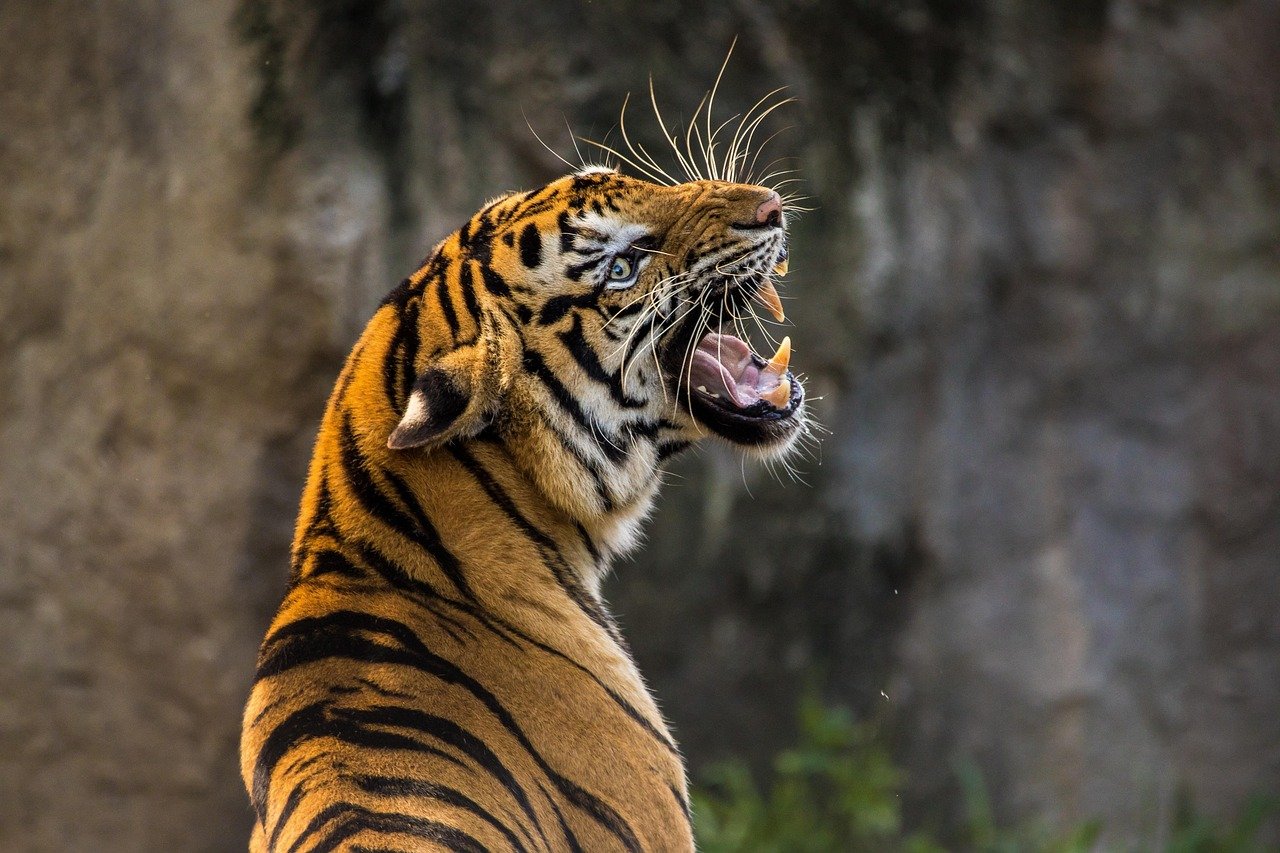
What type of animals would require such specialized killing tools? The African Pliocene was populated by a diverse array of herbivores, including early relatives of modern giraffes, various antelope species, and primitive elephants. Many of these animals had thick hides and robust builds that would have been difficult for conventional predators to penetrate.
The knife-like canines were particularly effective against large, slow-moving herbivores with thick skin. Rather than needing to crush bones or deliver multiple bites, Lokotunjailurus could make precise cuts that would quickly incapacitate even the most well-defended prey animal.
Social Behavior and Pack Dynamics
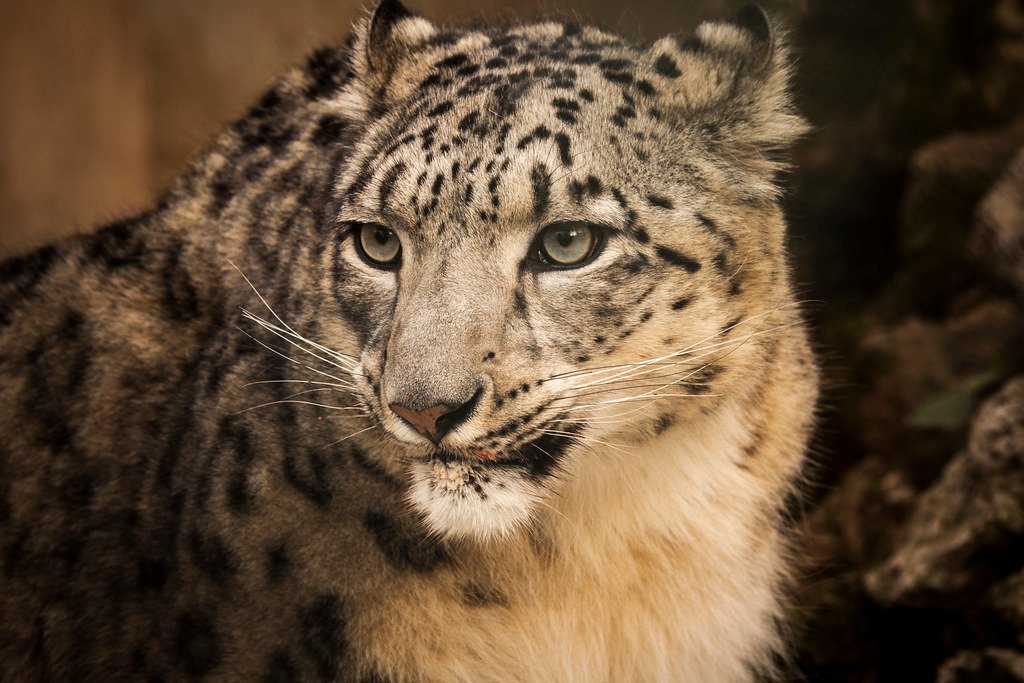
Unlike modern solitary big cats, some evidence suggests that Lokotunjailurus may have exhibited more social behavior. The discovery of multiple individuals in the same fossil sites has led researchers to speculate about possible cooperative hunting strategies. This would have been particularly advantageous when taking down large prey that might be too dangerous for a single predator to handle.
The social structure might have resembled that of modern lions, with small groups working together to surround and overwhelm prey. The specialized canines would have made each individual member of the group a more effective killer, increasing the success rate of group hunts.
Evolutionary Advantages of Blade-Like Teeth

The evolution of such specialized dental equipment represents a fascinating example of natural selection responding to specific environmental pressures. The knife-like canines provided several advantages over traditional predatory teeth: they required less bite force to be effective, they created more precise wounds, and they could penetrate thick hides more easily.
This specialization also meant that Lokotunjailurus could tackle prey that other predators might avoid, giving them access to a unique ecological niche. The trade-off was that these teeth were more fragile and required more careful use than the robust canines of modern big cats.
The Fragility of Perfection
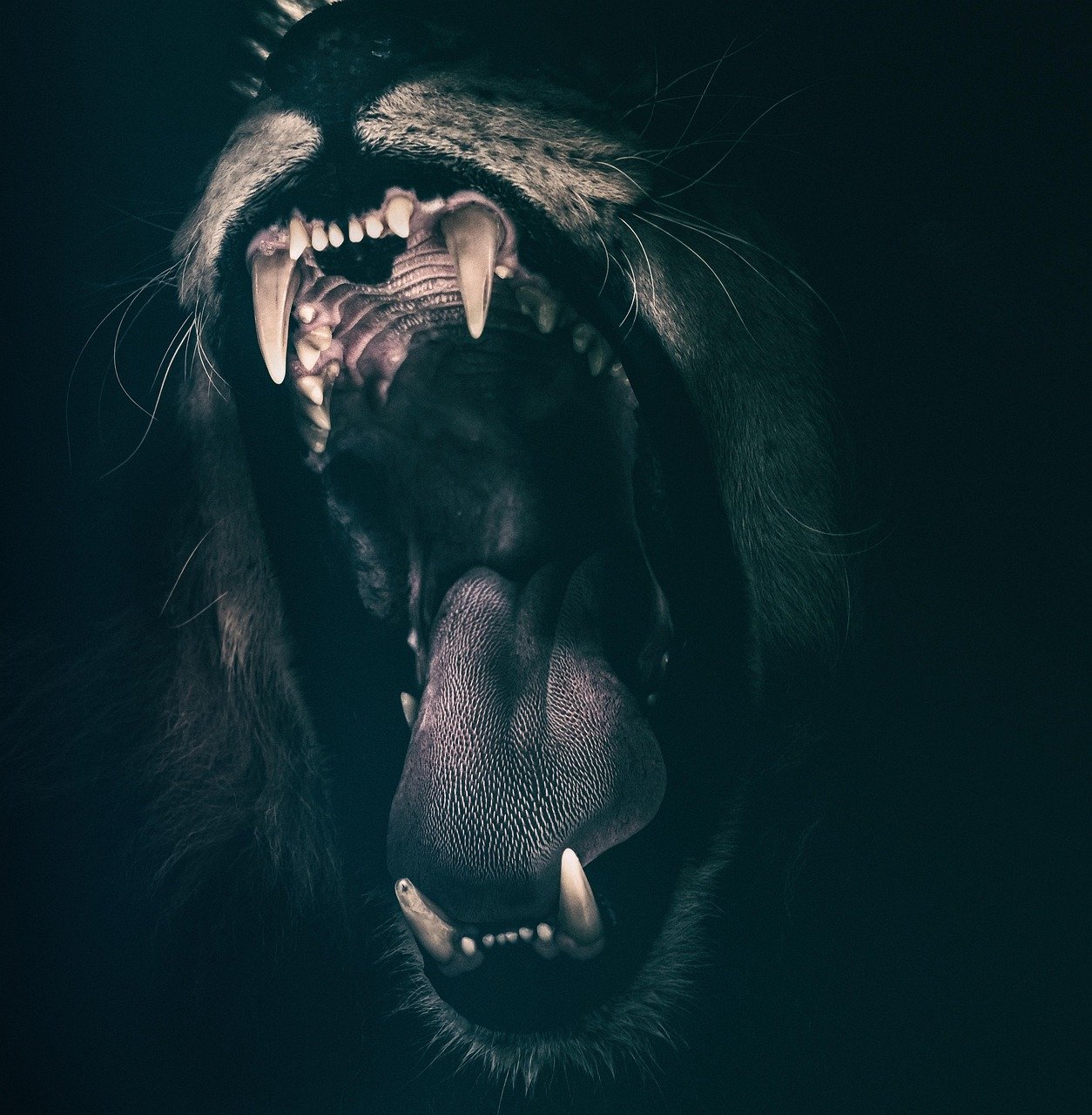
Despite their incredible effectiveness, the specialized canines of Lokotunjailurus were also their potential weakness. These elongated teeth were more susceptible to breaking than conventional canines, and a damaged tooth could mean death for the predator. Fossil evidence shows that some individuals did indeed suffer from broken canines, which would have severely compromised their hunting ability.
This fragility may have contributed to the eventual extinction of sabre-toothed cats as environmental conditions changed and more adaptable predators gained advantages. The highly specialized tools that made them so effective in one environment became liabilities in another.
Comparison with Other Sabre-Toothed Cats
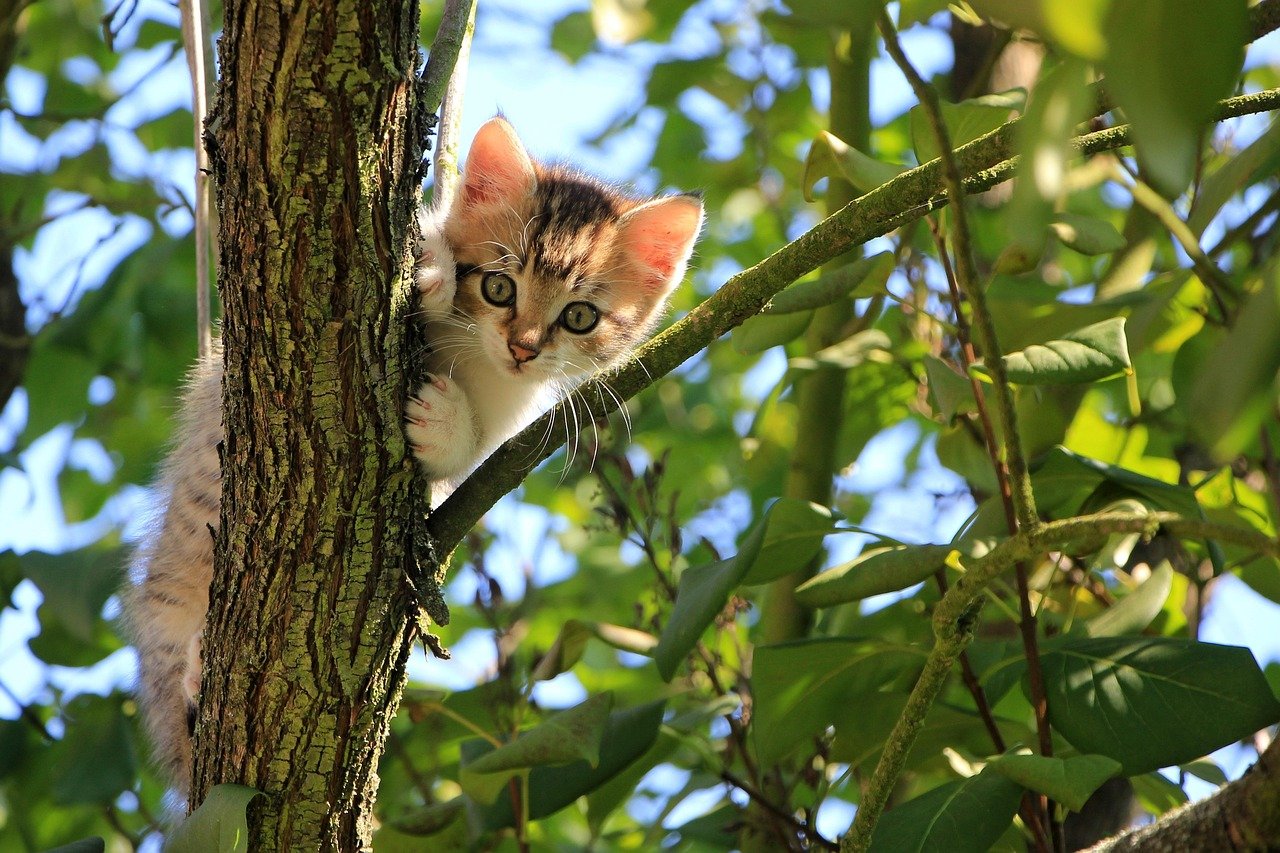
While Lokotunjailurus is often compared to the more famous Smilodon of the Americas, there were significant differences between these two sabre-toothed predators. Lokotunjailurus was smaller and more lightly built, with canines that were more knife-like and less robust than those of Smilodon. This suggests different hunting strategies and prey preferences.
The African species represents a unique evolutionary solution to the challenge of predating large herbivores. While Smilodon developed massive, dagger-like canines for crushing bites, Lokotunjailurus evolved thinner, sharper teeth for slicing attacks, demonstrating how different environments can produce different approaches to the same basic problem.
Fossil Evidence and Discovery
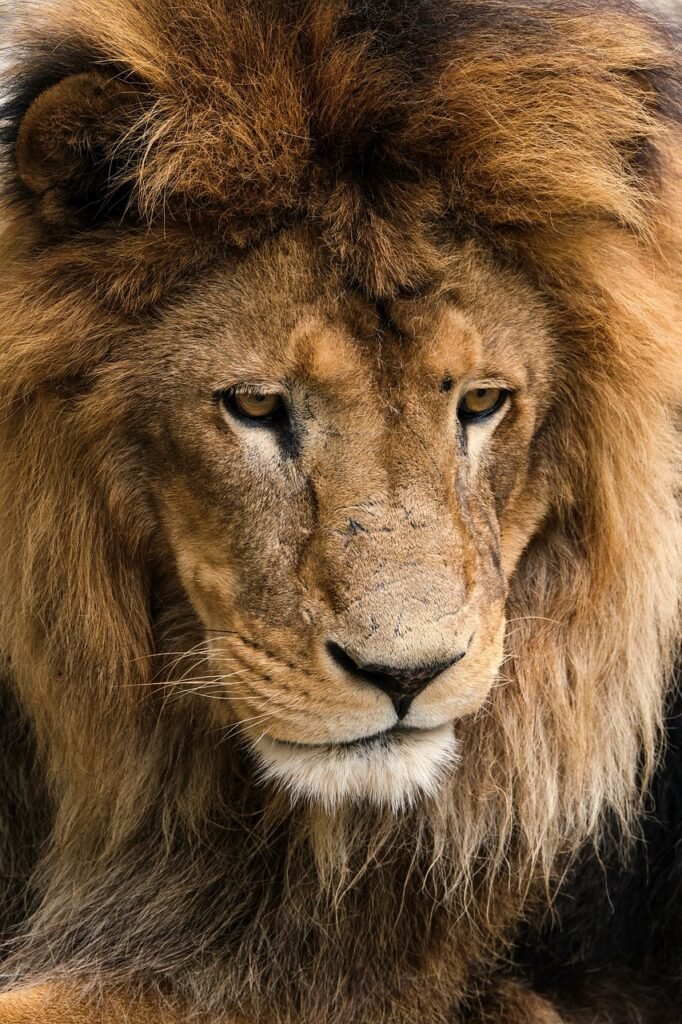
The first remains of Lokotunjailurus were discovered in the Lothagam formation in Kenya, dating back to the 1960s. However, it wasn’t until more recent decades that scientists fully understood the significance of these fossils. The preservation of skull fragments and teeth has provided crucial insights into the animal’s anatomy and behavior.
Additional fossil sites across East Africa have yielded more specimens, allowing researchers to build a more complete picture of this remarkable predator. The quality of preservation has been exceptional, with some fossils retaining fine details of tooth structure and bone texture that provide clues about the animal’s lifestyle and hunting methods.
Environmental Factors in Extinction
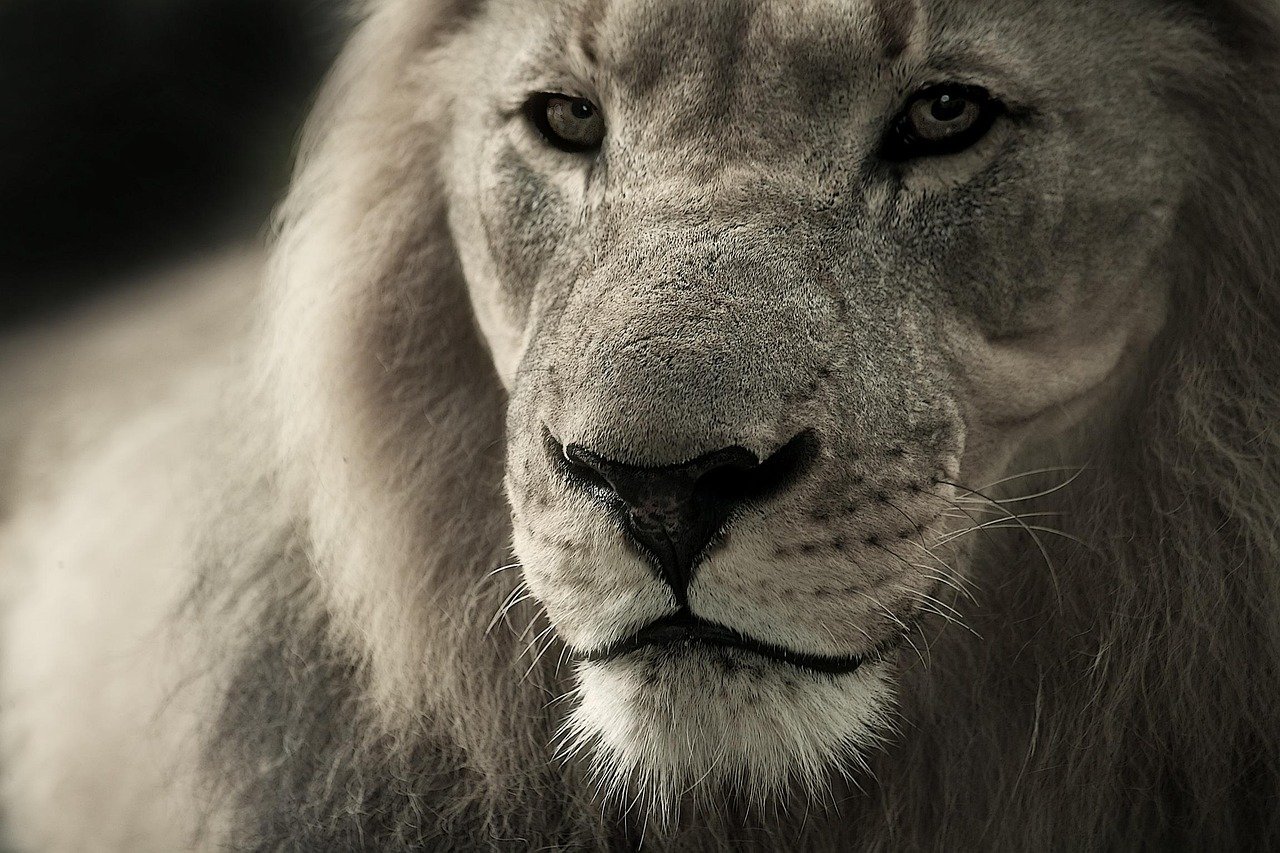
The extinction of Lokotunjailurus around 4.5 million years ago coincided with significant climate changes in Africa. As the continent became drier and more open, the woodland environments that these cats preferred began to disappear. The changing landscape also affected prey populations, with many large herbivores either going extinct or adapting to more open grassland environments.
The highly specialized nature of these predators may have made them less adaptable to rapid environmental changes. As their preferred habitats shrank and prey patterns shifted, the very adaptations that had made them successful became evolutionary dead ends.
Modern Implications and Research
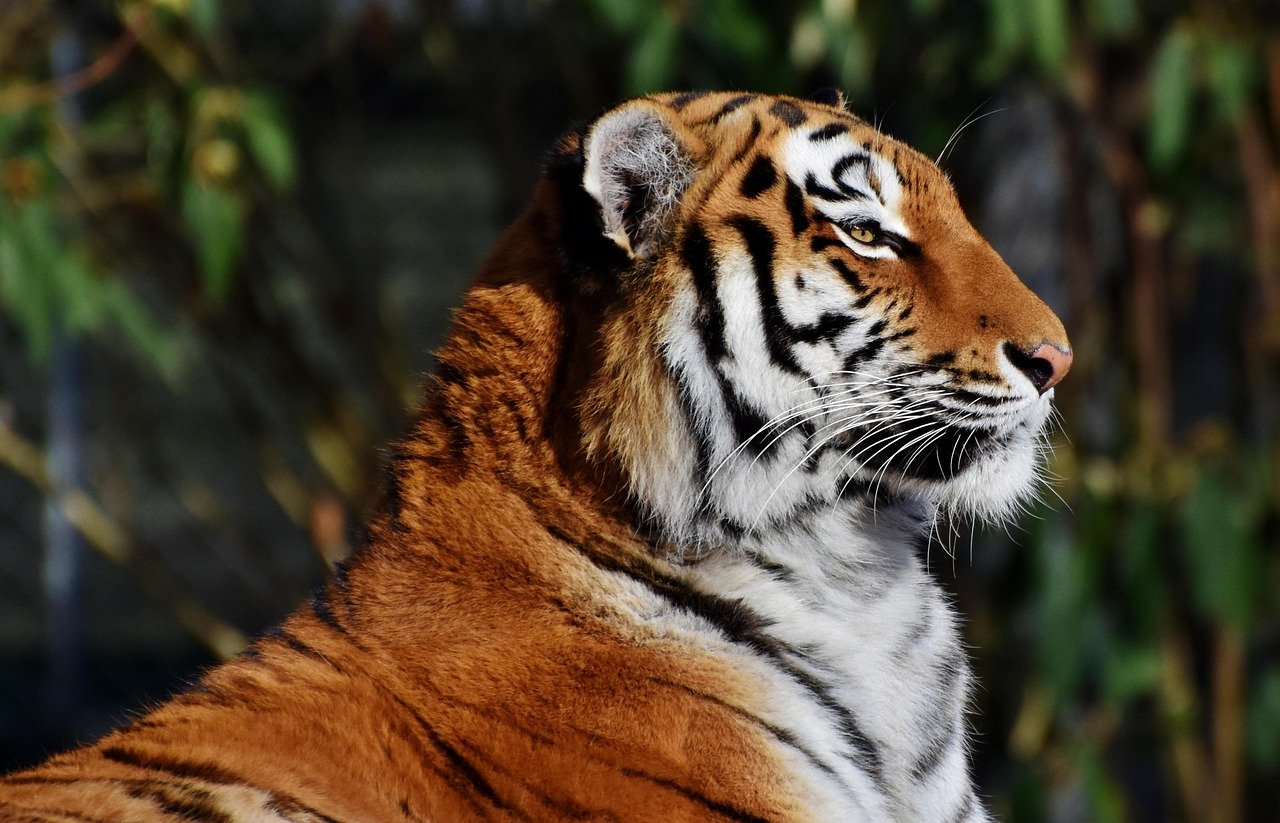
Studying Lokotunjailurus provides valuable insights into predator-prey relationships and evolutionary adaptation. The extreme specialization of these cats demonstrates how environmental pressures can drive the evolution of highly specific anatomical features. This research helps modern conservation biologists understand how current environmental changes might affect contemporary predator species.
The fossil record of these cats also contributes to our understanding of African ecosystem evolution and the complex relationships between climate change, habitat modification, and species survival. These lessons are particularly relevant as modern ecosystems face similar pressures from human activity and climate change.
The Legacy of Africa’s Knife-Toothed Hunter

Though Lokotunjailurus vanished from the Earth millions of years ago, its legacy continues to fascinate scientists and the public alike. This remarkable predator represents a unique solution to the challenges of survival in ancient Africa, showcasing the incredible diversity of evolutionary strategies that have shaped life on our planet.
The story of these knife-toothed cats serves as a reminder of the incredible variety of life forms that have existed throughout Earth’s history. Their specialized adaptations, while ultimately unsuccessful in the long term, demonstrate the remarkable creativity of evolutionary processes in responding to environmental challenges.
In the end, Lokotunjailurus stands as a testament to the power of specialization and the risks that come with it. These magnificent predators ruled their ancient African domain with precision and power, leaving behind only fossils and the enduring mystery of what it might have been like to witness such incredible hunters in action. What other secrets might the fossil record still hold about these remarkable cats?
Hi, I’m Bola, a passionate writer and creative strategist with a knack for crafting compelling content that educates, inspires, and connects. Over the years, I’ve honed my skills across various writing fields, including content creation, copywriting, online course development, and video scriptwriting.
When I’m not at my desk, you’ll find me exploring new ideas, reading books, or brainstorming creative ways to solve challenges. I believe that words have the power to transform, and I’m here to help you leverage that power for success.
Thanks for stopping by, Keep coming to this website to checkout new articles form me. You’d always love it!





